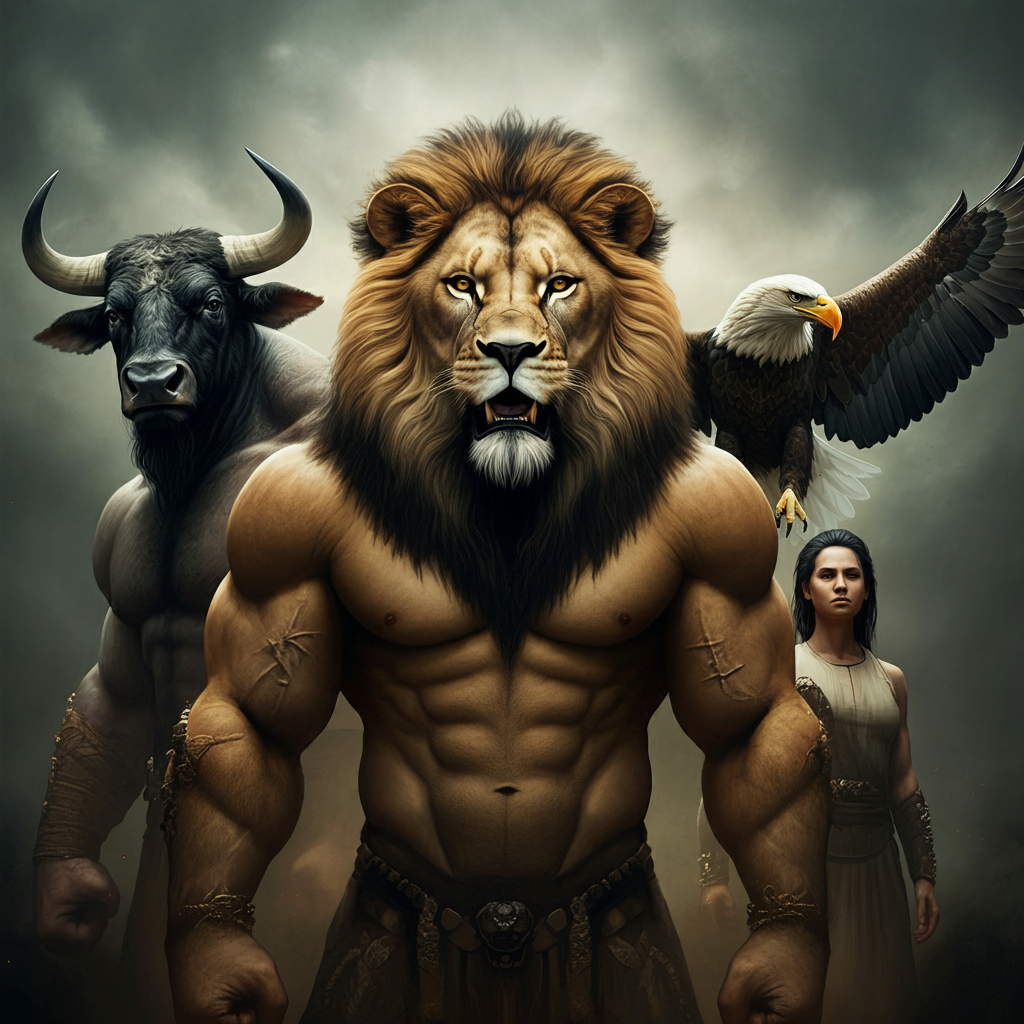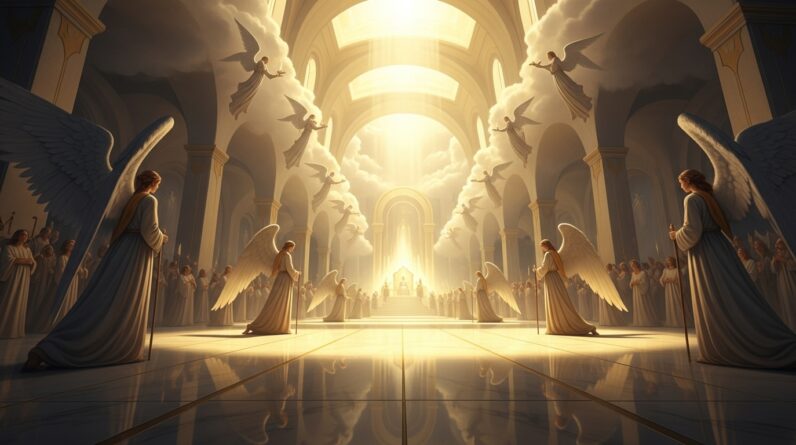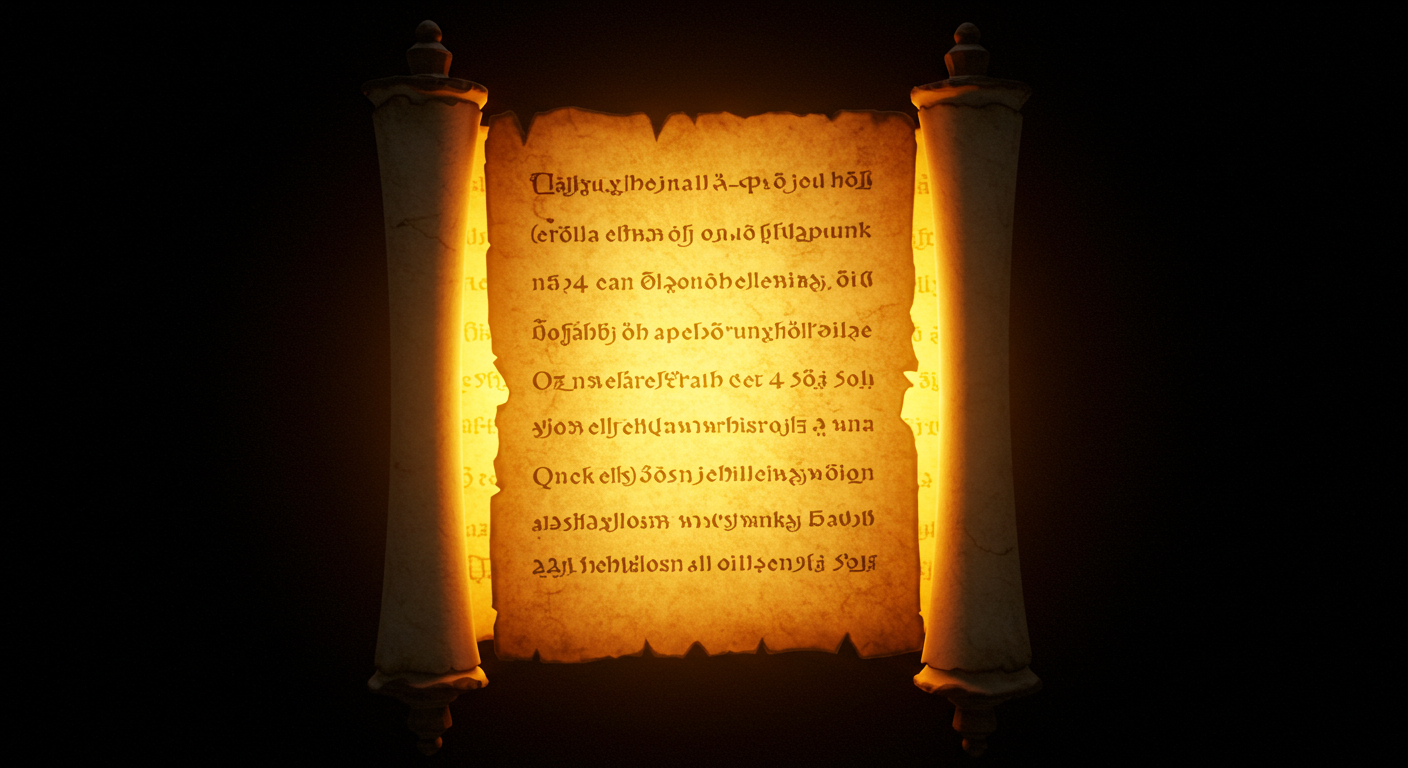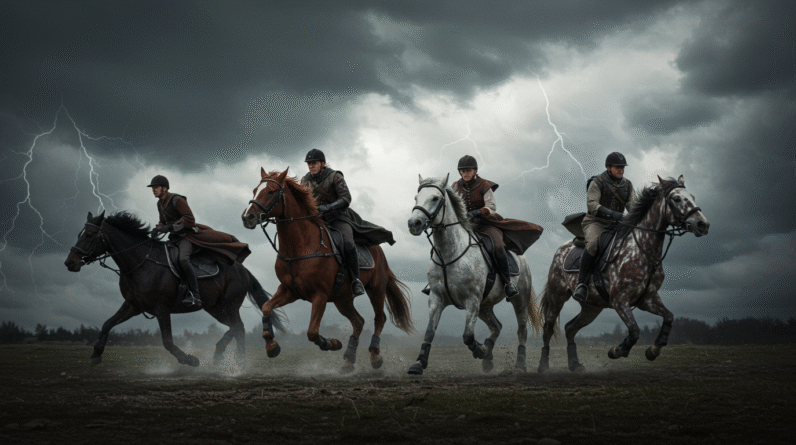Unveil the symbolism behind the Four Living Creatures in Revelation 4:6. Journey through prophetic visions, historical contexts, and divine insights. Discover what they represent.
The Four Living Creatures: What Do They Represent? – Revelation 4:6
Understanding the Four Living Creatures in Revelation 4:6 is a rewarding yet challenging task, filled with profound imagery and deep theological significance. To unravel their meaning, we’ll dive into the rich context of prophetic visions, examining their historical, literary, and theological layers. This journey will help us appreciate the intricate tapestry woven through the scriptures and uncover the divine messages embedded within.
Introduction to Prophetic Visions
Prophetic visions are unique and transformative experiences recorded throughout the Bible. These visions served as God’s way of communicating profound truths, commands, or revelations to chosen individuals who then relayed these divine messages to the people. In essence, they are vivid, symbolic scenes unveiled to prophets, often encompassing profound messages about the future, moral imperatives, or divine judgments. Their significance lies in their ability to convey complex and potent truths that words alone might struggle to communicate.
God used these visions because they can transcended cultural and linguistic barriers, allowing the message to resonate deeply and powerfully. A vision can distill numerous complex truths into a single, unforgettable image, ensuring the message was memorable and influential. During biblical times, these visions carried immense weight. Prophets like Ezekiel, Isaiah, and John the Revelator conveyed messages rooted in the cultural, political, and spiritual contexts of their eras. Understanding these contexts enriches our comprehension of what these prophets witnessed and the messages they imparted.
Context of Each Prophetic Vision
Scriptural Background
The account of the Four Living Creatures is found in Revelation 4:6, a part of the broader vision given to John the Apostle while he was in exile on the island of Patmos. Leading up to this moment, John narrates his spiritual journey, culminating in a majestic vision of God’s throne room. The vivid, awe-inspiring images captured in this chapter set the stage for an intimate glimpse into the heavenly realm, offering assurance of God’s sovereignty and the ultimate triumph of good over evil.
Prophet’s Role and Mission
John’s mission was formidable. As the last living apostle, his task was to communicate hope and encouragement to the early Christian communities enduring persecution. This vision, rich in symbolism and divine majesty, was meant to reaffirm their faith. John faced the challenge of translating these celestial visions into human language, ensuring that their profound spiritual truths would transcend his era and speak to generations of believers.

Vision’s Imagery and Symbolism
The Four Living Creatures – a lion, an ox, a human, and an eagle – are deeply symbolic. Each creature represents aspects of creation and attributes of God’s character. The lion symbolizes majesty and power, the ox stands for strength and service, the human represents intelligence and spirituality, and the eagle depicts swiftness and vision. Together, they form a composite image of divine attributes, echoing similar visions in Ezekiel 1 and Isaiah 6, where such creatures also appear in God’s presence.
Theological Significance
These creatures underline the themes of God’s sovereignty, worship, and the interconnectedness of all creation. In the broader theological context of the Bible, they reflect the continuous praise and worship directed at God, emphasizing His holiness, power, and eternal reign. The depiction of these beings around God’s throne aligns thematically with God’s ultimate authority over everything and emphasizes the diverse yet unified creation that proclaims His glory.
Interpretation of the Vision’s Message
Immediate Message for the Original Audience
To the initial recipients of John’s revelation, the vision was both a comfort and a challenge. It reassured them of God’s omnipotence and His intimate involvement with creation, despite their present sufferings and uncertainties. It provided a divine perspective on their trials, reminding them that their tribulations were not unnoticed and that ultimate victory was assured.
Prophetic Fulfillment
Historically, interpretations of Revelation have varied, with some viewing these visions as fulfilled in past events, and others seeing them as ongoing or future prophecies. The enduring vision of the Four Living Creatures continues to resonate, symbolizing the perpetual acknowledgment and worship of God by all creation – a truth that remains relevant across the centuries. Its fulfillment may be seen as both historical and eschatological, pointing to the ultimate culmination of God’s plan.
Relevance to Modern Readers
For contemporary believers, this vision serves as a potent reminder of God’s sovereignty and the importance of worship. It challenges us to recognize the divine attributes reflected in creation and calls us to participate in the ongoing worship of God. In a world often fraught with chaos and uncertainty, this vision reassures us of the stability and majesty of God’s throne.
Comparative Analysis
Comparison with Other Biblical Visions
The imagery of the Four Living Creatures has parallels in other biblical visions. In Ezekiel’s vision in Ezekiel 1, similar creatures appear, symbolizing the multifaceted nature of God’s glory and His presence among His people. Isaiah’s vision in Isaiah 6 also involves heavenly beings praising God, emphasizing His holiness. These visions collectively highlight themes of divine sovereignty, worship, and the intricate connections between heaven and earth.
Historical and Eschatological Perspectives
Over the centuries, theologians have explored the eschatological dimensions of John’s vision, debating its implications for end-time events. Some view the Four Living Creatures as representations of various epochs in salvation history, while others see them as symbolic of universal truths pertinent to every age. The richness of their symbolism allows for a tapestry of interpretations, each adding depth to our understanding of divine revelation.
Conclusion
Summary of Key Insights
The Four Living Creatures in Revelation 4:6 serve as powerful symbols of God’s attributes and the universal call to worship. Their presence around God’s throne underscores themes of divine sovereignty, service, intelligence, and vision. By studying their context and symbolism, we gain a deeper appreciation for the multifaceted nature of God’s revelation to humanity.
Final Thoughts on Prophetic Visions
Prophetic visions, like the one in Revelation 4:6, offer profound insights into God’s nature and His plan for creation. They transcend time and culture, speaking to the profound mysteries of faith and the interconnectedness of all things. These visions invite us into a deeper relationship with the divine, encouraging us to become active participants in the ongoing narrative of God’s redemption story.
Additional Resources
Further Reading
For those interested in delving deeper into the study of prophetic visions, consider exploring the following texts:
- “Revelation” by Leon Morris
- “The Book of Revelation” by G.K. Beale
- “Ezekiel” by Daniel Block
Study Questions
Reflect on these questions to deepen your understanding:
- What emotions or thoughts did the vision of the Four Living Creatures evoke in you?
- How do the symbols of the lion, ox, human, and eagle resonate with your understanding of God?
- How can this vision inspire your personal or communal worship practices?







